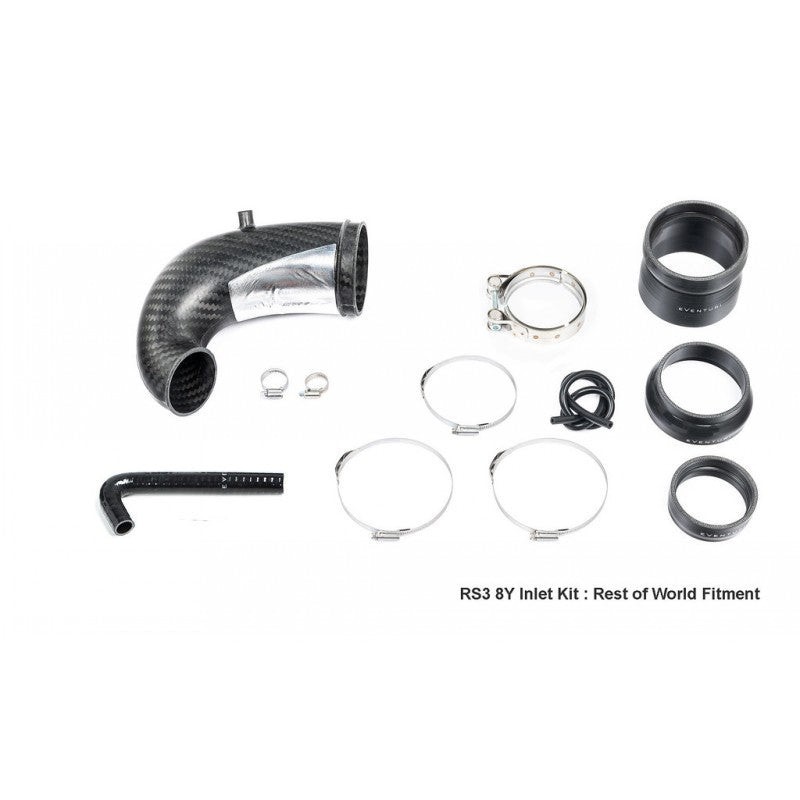

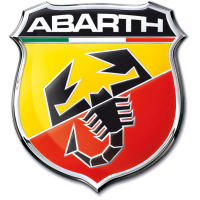 Abarth
Abarth Alfa Romeo
Alfa Romeo Audi
Audi Bmw
Bmw Chevrolet
Chevrolet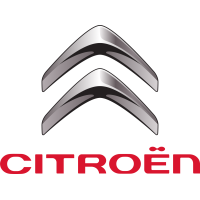 Citroen
Citroen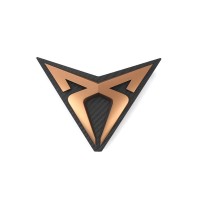 Cupra
Cupra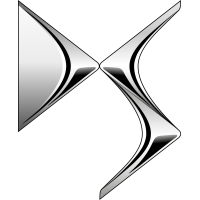 Ds
Ds Ferrari
Ferrari Fiat
Fiat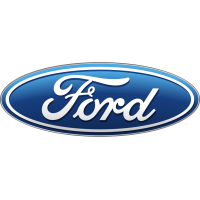 Ford
Ford Honda
Honda Hyundai
Hyundai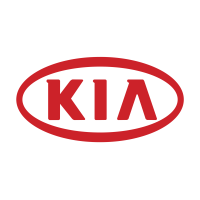 Kia
Kia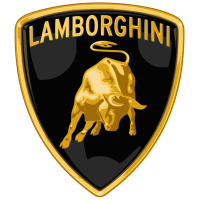 Lamborghini
Lamborghini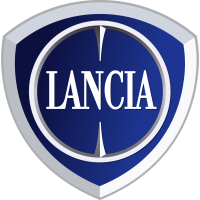 Lancia
Lancia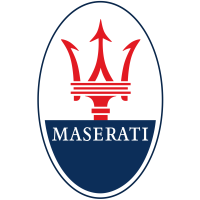 Maserati
Maserati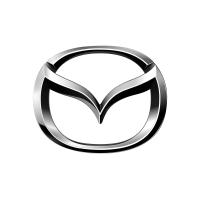 Mazda
Mazda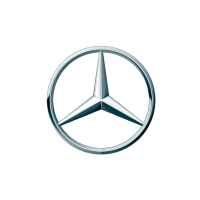 Mercedes Benz
Mercedes Benz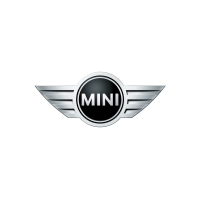 Mini
Mini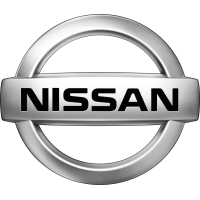 Nissan
Nissan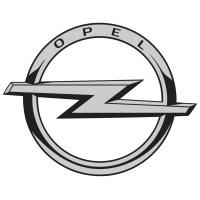 Opel
Opel Peugeot
Peugeot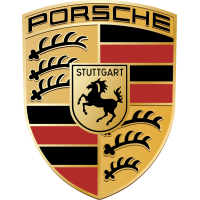 Porsche
Porsche Renault
Renault Seat
Seat Skoda
Skoda Subaru
Subaru Suzuki
Suzuki Toyota
Toyota Volkswagen
Volkswagen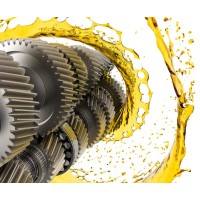 _ Additivi Olio E Lubrificanti
_ Additivi Olio E Lubrificanti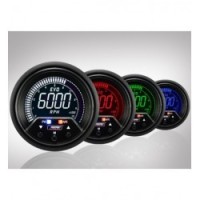 _ Gauges and Gauge Pod
_ Gauges and Gauge Pod Aem
Aem Depo
Depo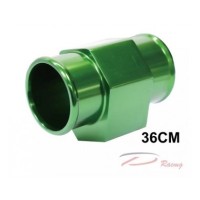 Accessori-Sensori- Porta Strumenti
Accessori-Sensori- Porta Strumenti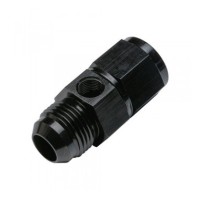 Pressione Carburante
Pressione Carburante Serie Sld Analogico -Digitale D.52-60
Serie Sld Analogico -Digitale D.52-60 Serie 2 In 1 Multifunzione D.60
Serie 2 In 1 Multifunzione D.60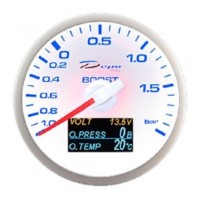 Serie 4 In 1 Multifunzione D.60
Serie 4 In 1 Multifunzione D.60 Serie Clwa Analogico D.52
Serie Clwa Analogico D.52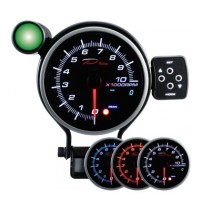 Serie Contagiri - Contachilometri
Serie Contagiri - Contachilometri Serie Csm Analogico D.52
Serie Csm Analogico D.52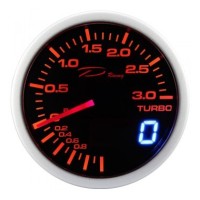 Serie Dual View Analogico -Digitale D.52
Serie Dual View Analogico -Digitale D.52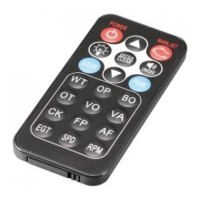 Serie Dx Analogico D.60
Serie Dx Analogico D.60 Serie F1 Analogico D.60
Serie F1 Analogico D.60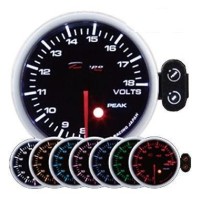 Serie Pk-Sc Analogico D.52
Serie Pk-Sc Analogico D.52 Serie Pk-Wa Analogico D.52
Serie Pk-Wa Analogico D.52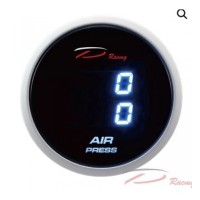 Serie Pressione Aria
Serie Pressione Aria Serie Spark Pk-Sc Analogico D.52
Serie Spark Pk-Sc Analogico D.52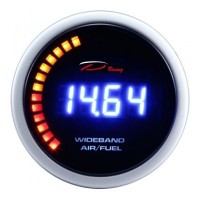 Serie Wideband
Serie Wideband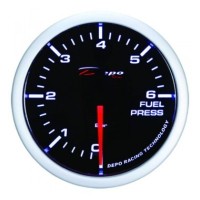 Serie Ws Analogico D.52
Serie Ws Analogico D.52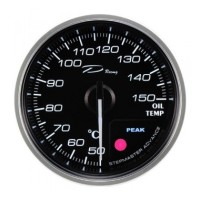 Serie X Analogico D.52-60
Serie X Analogico D.52-60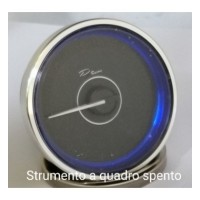 Serie Xz Analogico D.52-60
Serie Xz Analogico D.52-60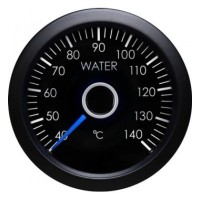 Temperatura - Pressione Olio
Temperatura - Pressione Olio Diagnosi
Diagnosi Glowshift
Glowshift Plx
Plx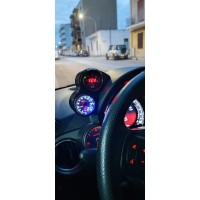 Portamanometri Abarth
Portamanometri Abarth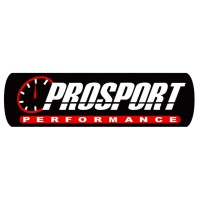 Prosport
Prosport Roaditalia
Roaditalia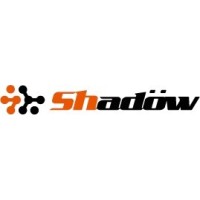 Shadow
Shadow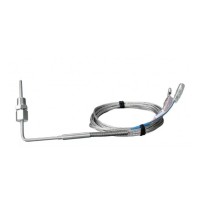 Sonde K Egt
Sonde K Egt Stack
Stack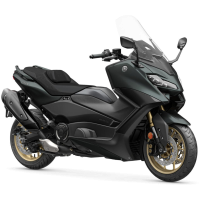 _ Mondo T Max
_ Mondo T Max 500 4T Lc 2001-2003.jpg) T Max (Carb.) 500 4T Lc 2001-2003
T Max (Carb.) 500 4T Lc 2001-2003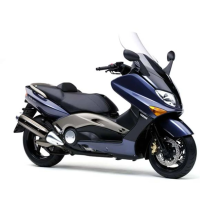 T Max 500 Ie 4T Lc 2004-2007
T Max 500 Ie 4T Lc 2004-2007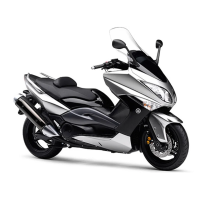 T Max 500 Ie 4T Lc 2008-2011
T Max 500 Ie 4T Lc 2008-2011.jpg) T Max 530 Ie 4T Lc 2012-2014 (J409E)
T Max 530 Ie 4T Lc 2012-2014 (J409E).jpg) T Max 530 Ie 4T Lc 2015-2016 (J409E)
T Max 530 Ie 4T Lc 2015-2016 (J409E).jpg) T Max 530 Ie 4T Lc Euro 4 2017- (J415E)
T Max 530 Ie 4T Lc Euro 4 2017- (J415E).jpg) T Max 560 Ie 4T Lc Euro 5 2020-2021 (J420E)
T Max 560 Ie 4T Lc Euro 5 2020-2021 (J420E)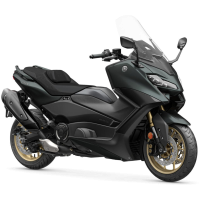 T Max 560 Ie 4T Lc Euro 5 2022-
T Max 560 Ie 4T Lc Euro 5 2022-.jpg) T Max Dx 530 Ie 4T Lc Euro 4 2017- (J415E)
T Max Dx 530 Ie 4T Lc Euro 4 2017- (J415E).jpg) T Max Sx 530 Ie 4T Lc Euro 4 2017- (J415E)
T Max Sx 530 Ie 4T Lc Euro 4 2017- (J415E).jpg) T Max Tech Max 560 Ie 4T Lc Euro 5 2020-2021 (J420E)
T Max Tech Max 560 Ie 4T Lc Euro 5 2020-2021 (J420E)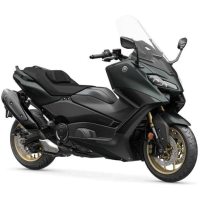 T Max Tech Max 560 Ie 4T Lc Euro 5 2022-
T Max Tech Max 560 Ie 4T Lc Euro 5 2022-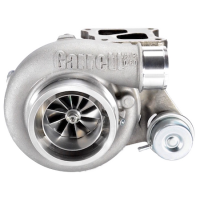 _ Prodotti Universali
_ Prodotti Universali








Performance Gain (RS3 with Hybrid Turbo): Range increase of 14-20 HP, 30-35 ft-lbs at 24"" H2O: 42% increase over stock (using stock flange)
Fitment for RS3 8V Gen 2, 8Y RS3, F3 RSQ3 and TTRS 8S left and right hand drive. Finished in raw carbon, without clear varnish.
Optional Turbo Flanges available for the most popular hybrid turbos.
Introducing a world first: an all-carbon RS3/TTRS turbo inlet elbow. We""ve invested months of intense research and development into developing an entryway that leaves no room for compromise. VOLUME – FLOW QUALITY – TEMPERATURE are the 3 main design criteria that we tried to satisfy.
1) VOLUME: inlet diameters - Eventuri 103 mm: stock 72 mm. Outlet Diameters - Eventuri 74mm: Stock 56.4mm. Clearly with significantly larger internal diameter dimensions, the Eventuri elbow encapsulates a much larger internal volume that limits the flow path to the turbo.
2) FLOW QUALITY: Just having a large internal volume is no good unless the flow path also allows smooth airflow to the turbo. By using high temperature prepreg carbon fiber we were able to achieve a smooth internal surface. In contrast, the stock elbows and other aftermarket elbows are all made of cast aluminum that ends in a textured inner surface. This, combined with the smooth curvature of the elbow, results in a flow path that minimizes turbulence.
3) TEMPERATURE: The final criterion was to minimize heat conduction in the airflow. The stock inlet is directly connected to the turbo and therefore immediately conducts heat like the turbo coils. Our system uses a machined flange that connects to the turbo and then a silicone coupler with an integrated thermal spacer to prevent the carbon elbow from having direct contact with the turbo. This barrier, combined with the low thermal conductivity of the carbon fiber thickness, means that less heat is transferred to the airflow.
